When it came to indestructible muscle cars smashing through traffic there were several other games that Ridge Racer Unbounded could have been the sequel to. Need for Speed and Burnout were the two most obvious choices. Fans wondered aloud why Ridge Racer? Never in a million years would fans have expected to see that happen to the franchise. Fans after all complained about how unrealistic it was that the cars in Japanese racing games never could get dented and yet the entire premise for Unbounded was that these cars were powerful enough to tear through concrete and steel rebar pylons without so much as a scratch. In addition to the name there was a certain amount of suspension of disbelief that Namco could not acheive.

The studio had given players a franchise that was the definition of street drifting super cars. The focus was on the cars and the races, not about destruction and dirty driving. All of a sudden the laws of physics had changed. Instead of being lightweight and nimble the race cars carried the mass of a runaway freight train and were made out of indestructible material.That type of sudden change with the IP was absurd. It was as if someone that had never played the original Ridge Racer was trying to convince audiences that these were the best parts of the series. Even the official art for the game showed a strong contrast from the previous entries. Earlier campaigns featured Reiko and some futuristic performance cars racing around her. The new campaign featured gang leader Kara Shindo with cars smashing through a wall behind her. Racing wasn't even implied, but destruction certainly was!
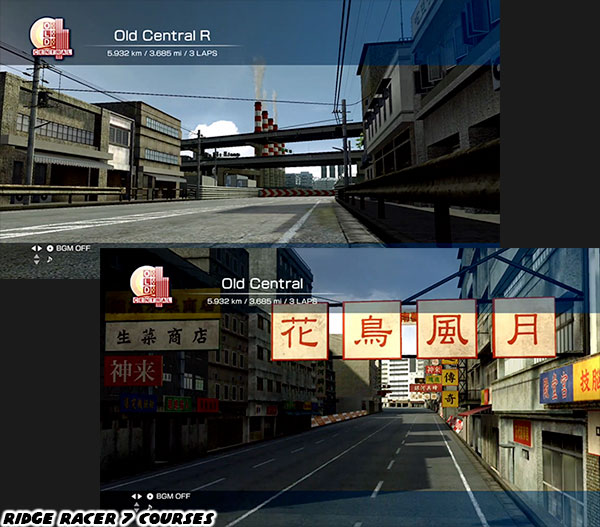
Mind you that Bugbear created a very fun game. I would be a liar if I said that Unbounded was not a very memorable experience. In fact had the game been released without the Ridge Racer label I probably would have promoted it heavily to my friends. It was in the vein of the previously mentioned action racers and could be considered one of the better takes on the genre. Visually the game was stunning. The car models and level details appeared completely destructible. Paint chipped, panels shattered and glass sprayed in all directions as racers tore through the streets of Shatterbay city. The cars weren't the only things that broke apart. Walls, windows, pylons, fences and just about anything that a driver slammed into would break apart. It was on par if not superior to the visuals featured in other AAA action racing games including the Criterion remake of Need for Speed: Hot Pursuit.

Bugbear had developed an advanced 3D engine that they
had originally created for the game FlatOut. All it took was the addition for a drifting mechanic and some actual race modes and Namco seemed willing to sign off on the Ridge Racer name. It's tough to knock Bugbear for the quality action racer that they released. There were tons of cars to unlock, race types to master and content to discover. Long-time arcade fans had to relearn the racing experience and it was okay. Instead of avoiding obstacles and opponents the best lines were found by breaking through buildings and creating shortcuts. If opponents were being particularly stubborn then there was nothing more rewarding than sending them flipping end over end with a perfectly executed Takedown, or rather "Frag." Even Burnout and Need for Speed had gone through periods where they seemed completely tapped for ideas. Unbouded slid right into their spot and gave audiences something new.
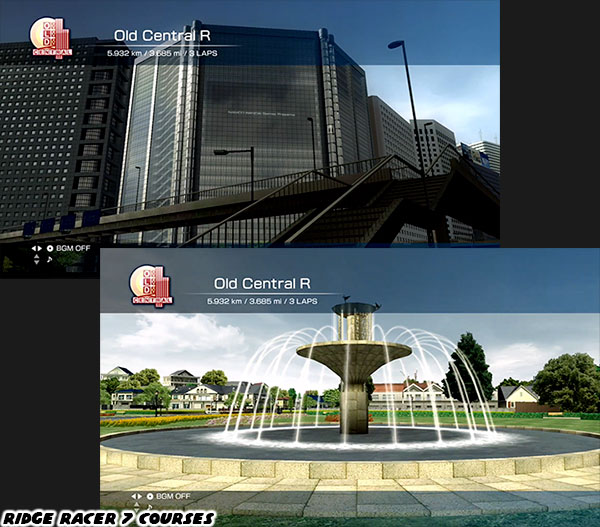
The visuals in Unbounded were very well done. The game made good use of lighting filters, for example it cast strong shadows across the metropolis as the sun set. Blending lights into long streaks that curved and followed the players as they activated their nitro boost was another unique visual treat. The environments had a sense of realism to them. The signage, architecture, layout, rail cars and supporting details all screamed New York City and the surrounding boroughs. A race played out very much like the best parts of car chases in the movies. Newsstands could be smashed to splinters, sending newspapers and magazines all over the road. Planters and tables would be scattered off the street corners like rubbish in a strong wind. Trees could be bowled over and leaves would come cascading down onto opponents. If a light post were upended then the remaining crater would be left shooting sparks. The flimsy gates in parking garages could be driven through with reckless abandon. Gas pumps could even be toppled, causing an entire gas station to explode in the wake of the racer.
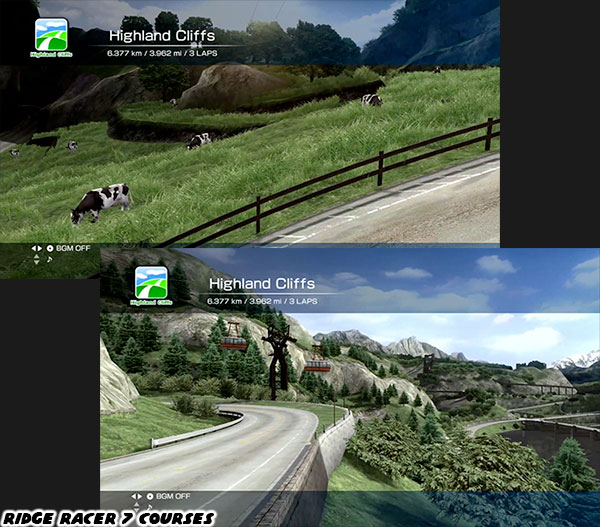
Like Burnout and Carmageddon it was basically a way for gamers to get out their aggression and drive in a way that they always wanted to without fear of injury or death. It was the sense of permanence that helped make each lap memorable. In other games the debris and after effects of a wreck would be cleared off the road. Not in this game. Fires would remain burning, craters smoldering and broken fences would remain clipped lap after lap. Players would not only be rewarded for taking down opponents but also targeting buildings controlled by crooked city officials. Creating collateral damage was as important as finishing each race in first place.

Unbounded made good use of cinematic touches to break up the extended periods of destruction. Cuts to slow motion and lap timers that would appear as giant floating letters helped "reset" the attention of the player. After several races the player learned that the game surmounted to destruction pornography. It was most decidedly targeted to young men that enjoyed fast cars and lots of explosions. It was the type of racing game that Michael Bay or Jerry Bruckheimer would have created if they knew a thing about making games. In fact the entire experience of Unbounded quickly became more about the spectacle than the substance. It was something that had caused the Need for Speed and Burnout series to suffer as well.
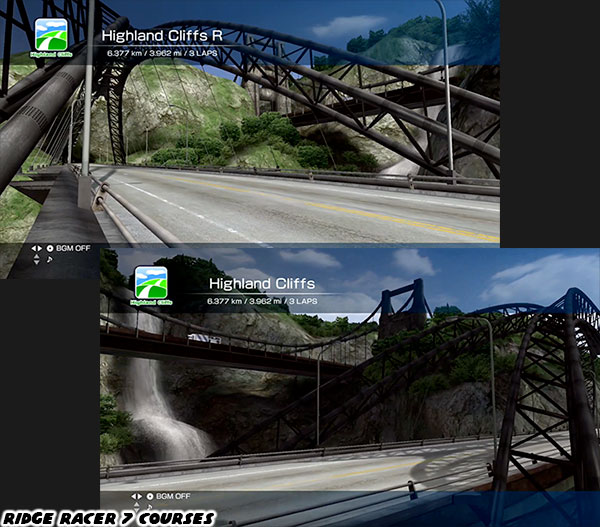
There was a game that could be considered a predecessor to Unbounded I have not yet mentioned in this series. Blackrock Studio had released a game called Split/Second for the Xbox 360 and Playstation 3 in 2010. That game was as well rated as Unbounded and the better Burnout and Need for Speed titles. It also featured fictional race cars tearing up fictional courses. The premise was simple, the drivers were competing on a television show that revolved around racing and explosions.
Players could trigger level-changing events called "Power Plays." Freeways and bridges would collapse, rockslides would come crashing down and construction equipment would go haywire. All of these things were designed to help wipe rivals off the courses and open up new areas to race through. The game was sheer spectacle and fans couldn't get enough of it.

Arcade fans would remember that the tilt of the screen from side to side when players drifted around corners in both Split/Second and Unbounded was poached from Rave Racer. The control in Split/Second was pretty good for a first-time action racer. Although to be fair Blackrock studio had plenty of experience working in the racing format with titles like ATV Offroad Fury, MotoGP, Hot Wheels: Stunt Track Challenge and Pure. The hardest part for the studio would have been figuring out how to incorporate Power Plays without breaking the playability of the game. It must have taken a lot of work to keep the pace of the game fluid. If the location of event triggers were too close then players might end up wiping themselves out along with opponents. If they were too far apart then rivals would be able to react and get out of the way. Blackrock Studio found the sweet spot and made it so that racers had enough time to enjoy the scale of entire buildings collapsing all around them while finding the right line to make it out alive.
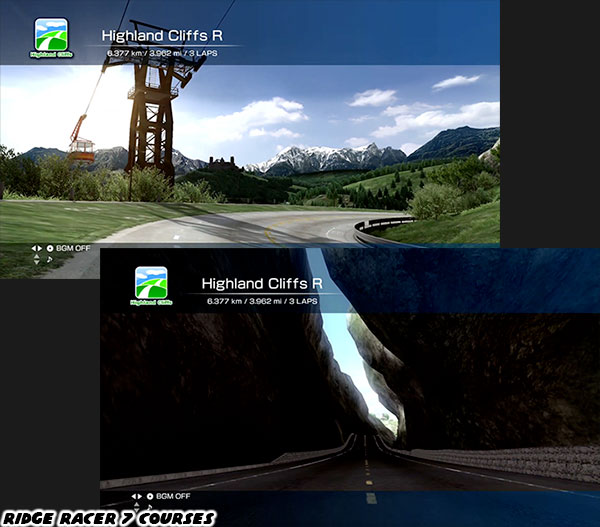
The car designs in Split/Second were a mix of muscle and futurism. There were trucks, and sports cars with Japanese and European influences as well. They were quite unlike those in Need for Speed or any of the other western produced racing games. It made me wish that the title would have had a sequel as was promised in the end credits. The cars in Unbounded did not have the staying power of Split/Second or any of the other western developed games. It was yet another reason why fans of the series could not bring themselves to accept that Unbounded fell within Ridge Racer canon. The next blog will look specifically at the Ridge Racer cars that weren't.
If you would like to sponsor me
please visit my Patreon page and consider donating each month, even as little as $1 would help make better blogs and even podcasts!






Unbounded was the red-headed stepchild in the series, and that made me sad because it tried something different. RR just feels stale now, and Unbounded was a breath of fresh air to me. That it was rejected by the fandom is so depressing.
ReplyDeletePlayed quite a bit of Split/ second catching all those powerplays and setting them in the right place could take some work, but worth it.
ReplyDelete